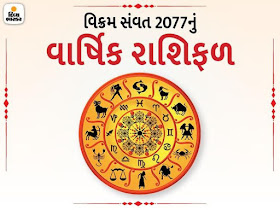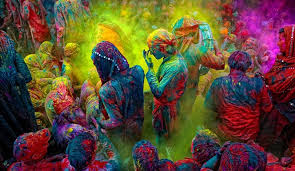Date Sankranti Mela
Sankranti Mela will Celebrated in January month Every Year.
About Sankranti Mela
Makar Sankranti is celebrated in the last day of the Bengali month of Poush. In Bengal, this day is one of the most auspicious time of the year. Thousands of pilgrims from different parts of the country gather at Gangasagar, the point where the holy river Ganges meets the sea, to take a dip and wash away all the earthly sins. Makar Sankranti falls on the day of the year when the sun-considered the king of all grahas (planets)-is in the rashi (zodiac sign)
known as Makar (Capricorn). This is considered the most beneficial and auspicious zodiac of the sun. The calculations for determining Makar Sankranti are done according to the solar calendar. Therefore, Makar Sankranti always falls on the 14th January according to the English calendar. It is usually the month of Magh of the Hindu calendar, the ‘Tithi’ or the position of the moon keeps shifting because of the difference in calculations.
Myth: According to certain Hindu beliefs, in the past ages, in the Satya Yug lived a king named Sagar. He performed a holy yagna, the Ashyamedh yagna. The symbol of his power, the horse, was lost during this ceremony and Sagar’s 60,000 sons travelled far and wide to find it. They found the horse near the ashram of the great sage Kapil and blamed him for stealing their horse. The sage felt insulted and his rage turned the princes into ashes. On hearing this, King Sagar went to the sage and begged for his mercy.
The sage, at first turned a deaf ear to his pleas but later told that the princes would gain enlightenment if their ashes were washed by the holy waters of the heavenly river Ganga. For two generations, attempts were made to bring down the Ganges but all efforts proved futile. A prince of this dynasty, Bhagirath, pleased the gods, and with the help of Lord Shiva brought Ganga down to earth. His forefather’s sins were washed away and the people had the opportunity to wash their sins as well. From then on, Gangasagar, near the ashram of the sage Kapil, has been a holy pilgrimage in Bengal. It is said that a dip in the ice-cold water at the junction of the river and the sea is auspicious. The Makar Sankranti makes the soul pure and free from all earthly sins.
Makar Sankranti is celebrated all over India, north, south, east and west; the manner of celebration may differ, but the sanctity of the occasion is accepted by all the Hindus as the Surya (sun) moves into the Northern hemisphere known as “Uttrayan” a most auspicious time.
Sankranti Mela Celebration
Pous Sankranti Mela
Pous Sankranti or Makar Sankranti is one of the most auspicious days for the Hindus as it is the day when the Sun-God begins its ascendancy and entry into the Northern Hemisphere. The day marks the transition of the Sun from Sagittarius to Capricorn, during the winter solstice and is celebrated with great devotion and fervor in Tripura. A fair called Pous-Sankranti (or Makar Sankranti) Mela is held on this occasion at Tirthamukh, the source of the Gomati river. The mela attracts a large number of devotees from all parts of the state, coming to take a holy dip in the river on the last day of the month of Pousa.
Pous-Sankranti Mela is also celebrated in different parts of the state by different names such as ‘Burbaria Fair’ in Amarpur sub-division, ‘Mahamnipara Fair’ in Belonia, ‘Muhuripur Fair’, ‘Radhamadhabara Fair’ at Kanchanpur in Dharmnagar sub-division etc.
Sankranti Mela Images
Sankranti Mela Video
















